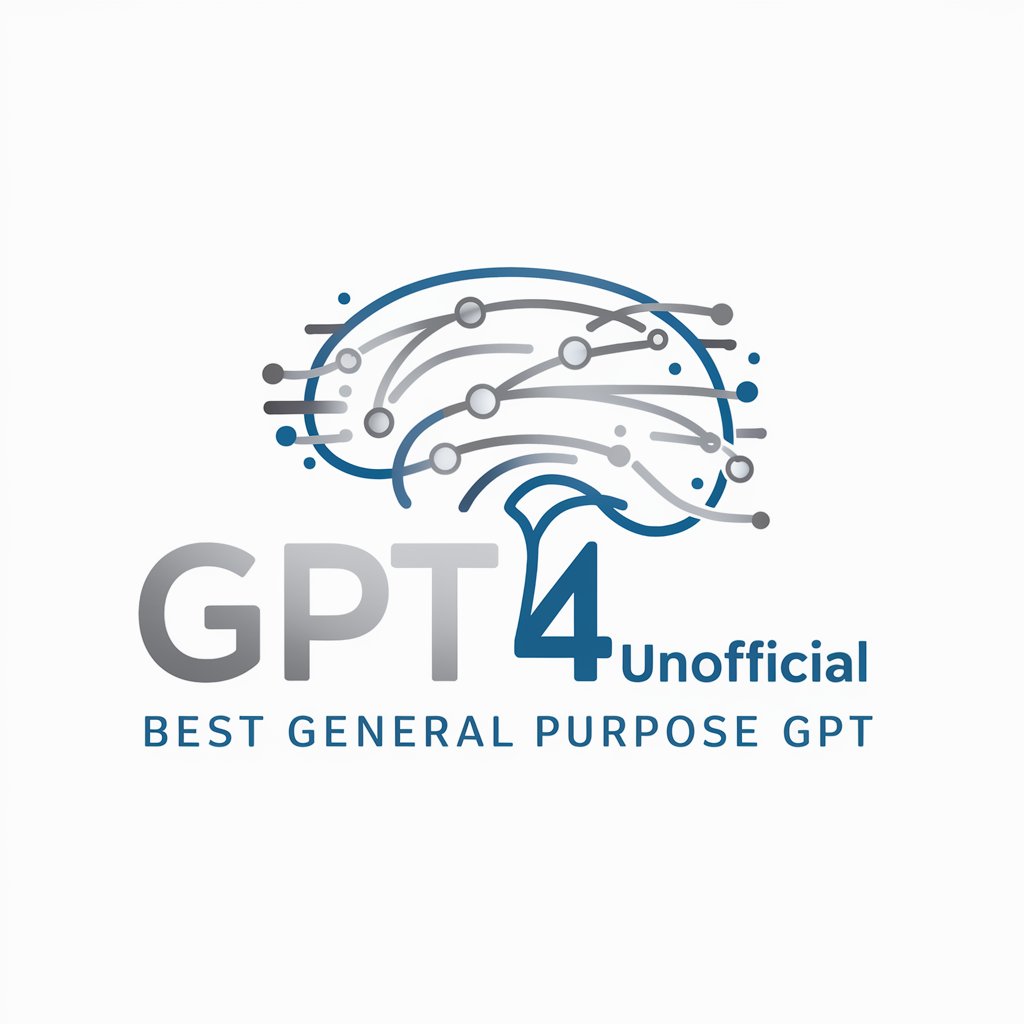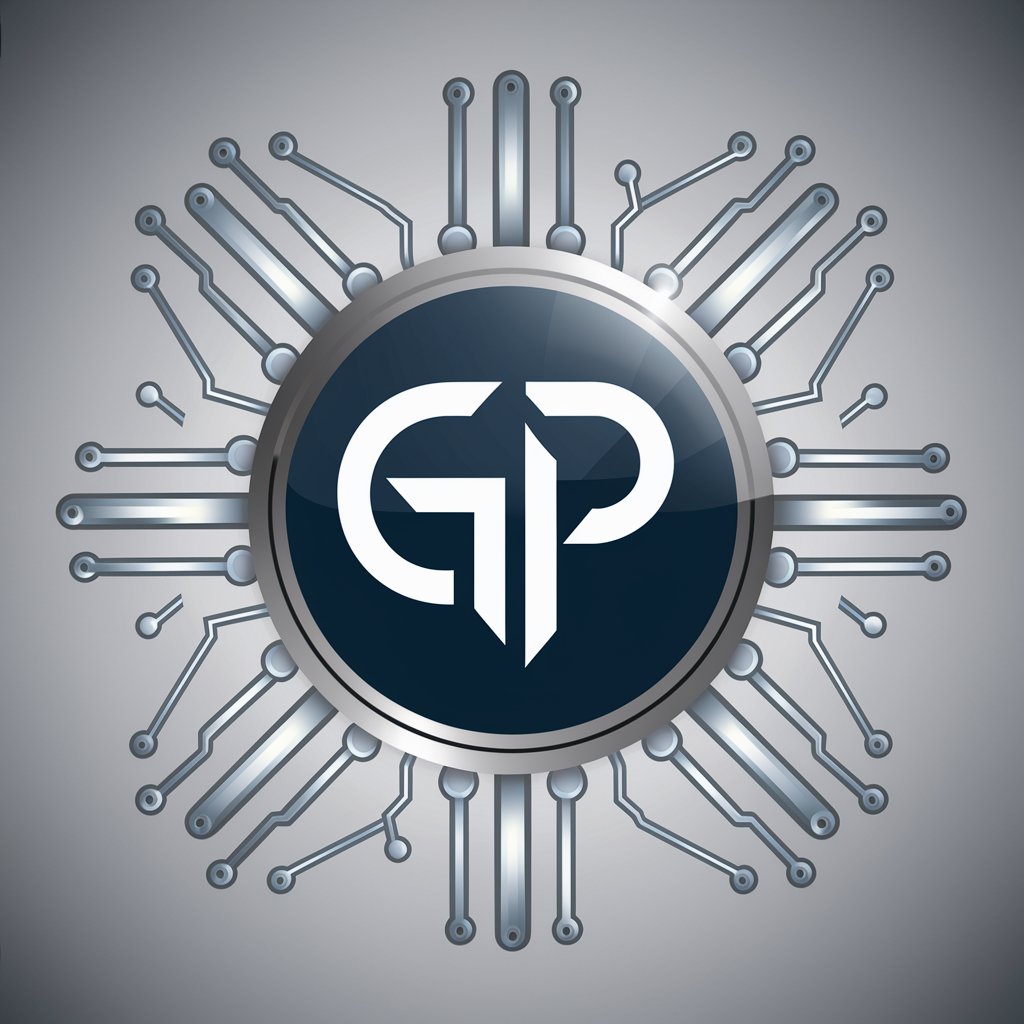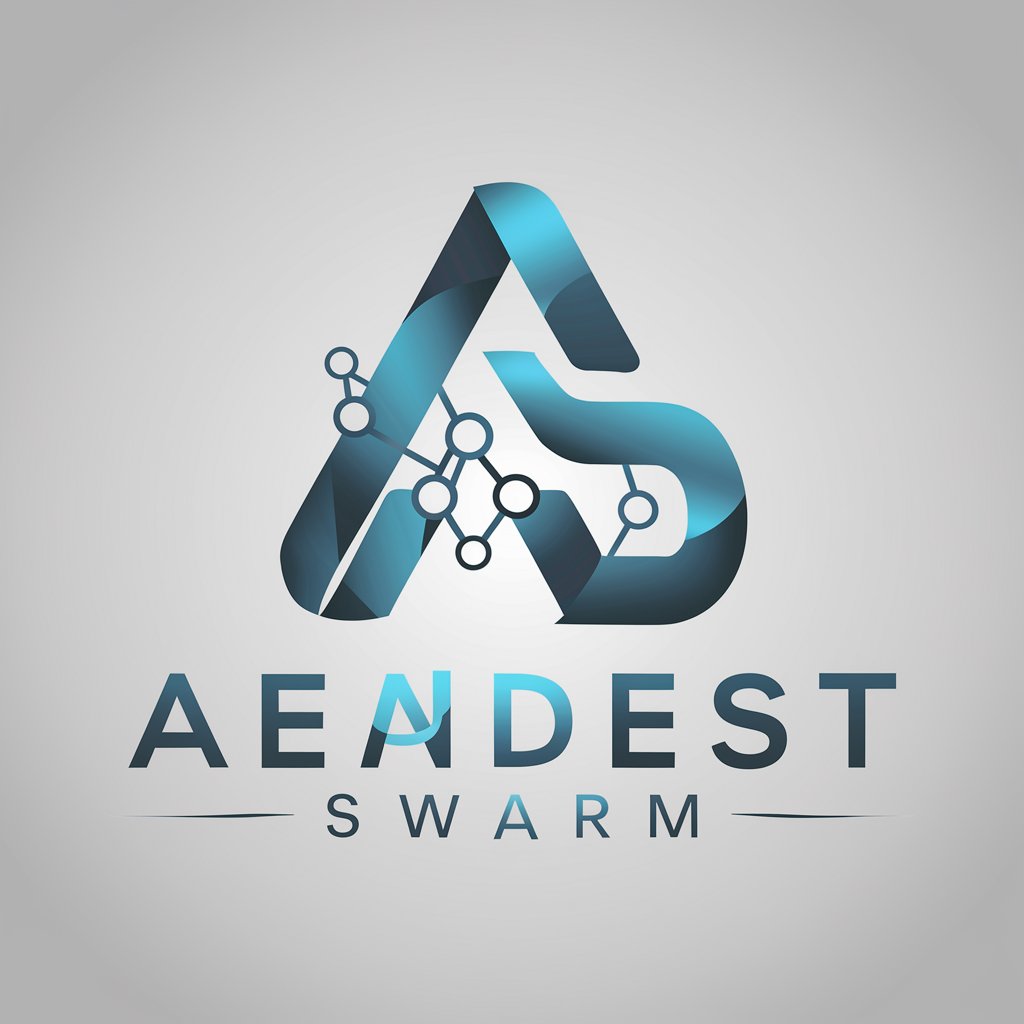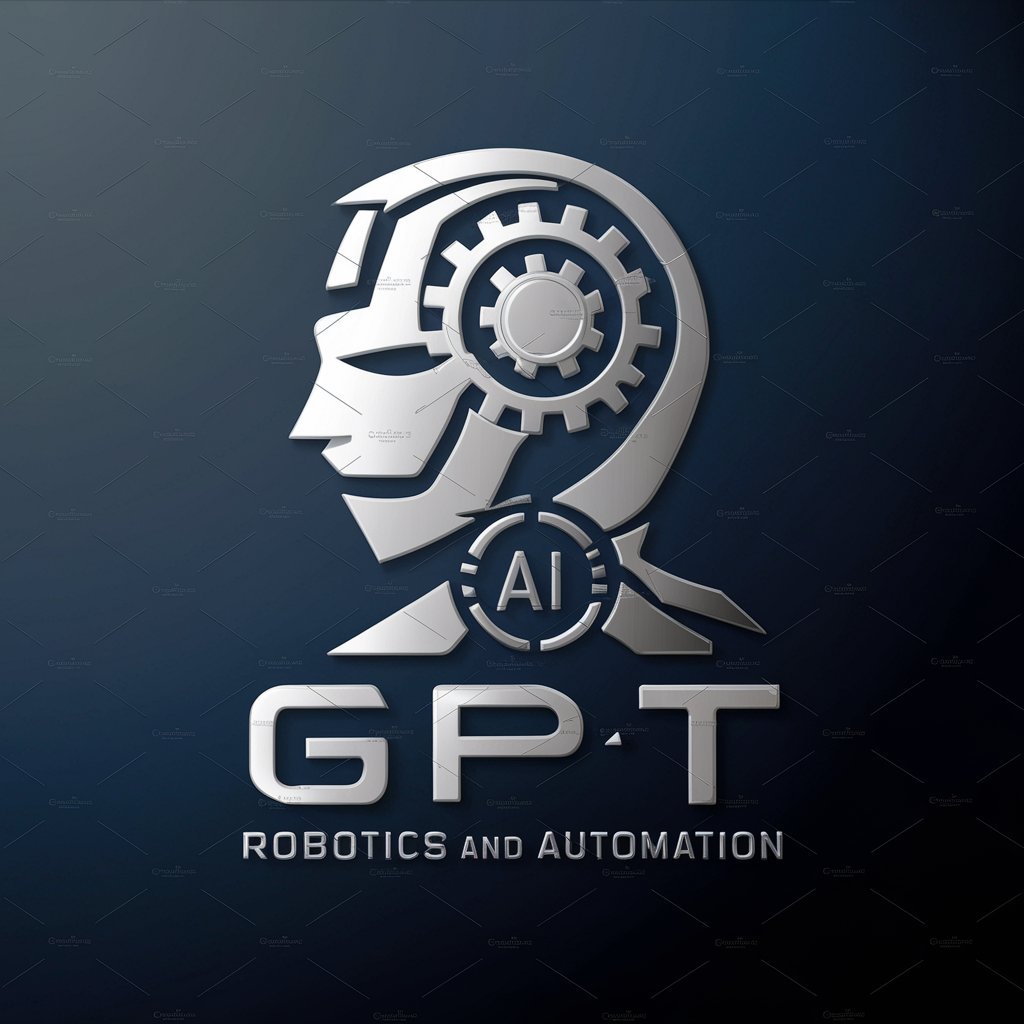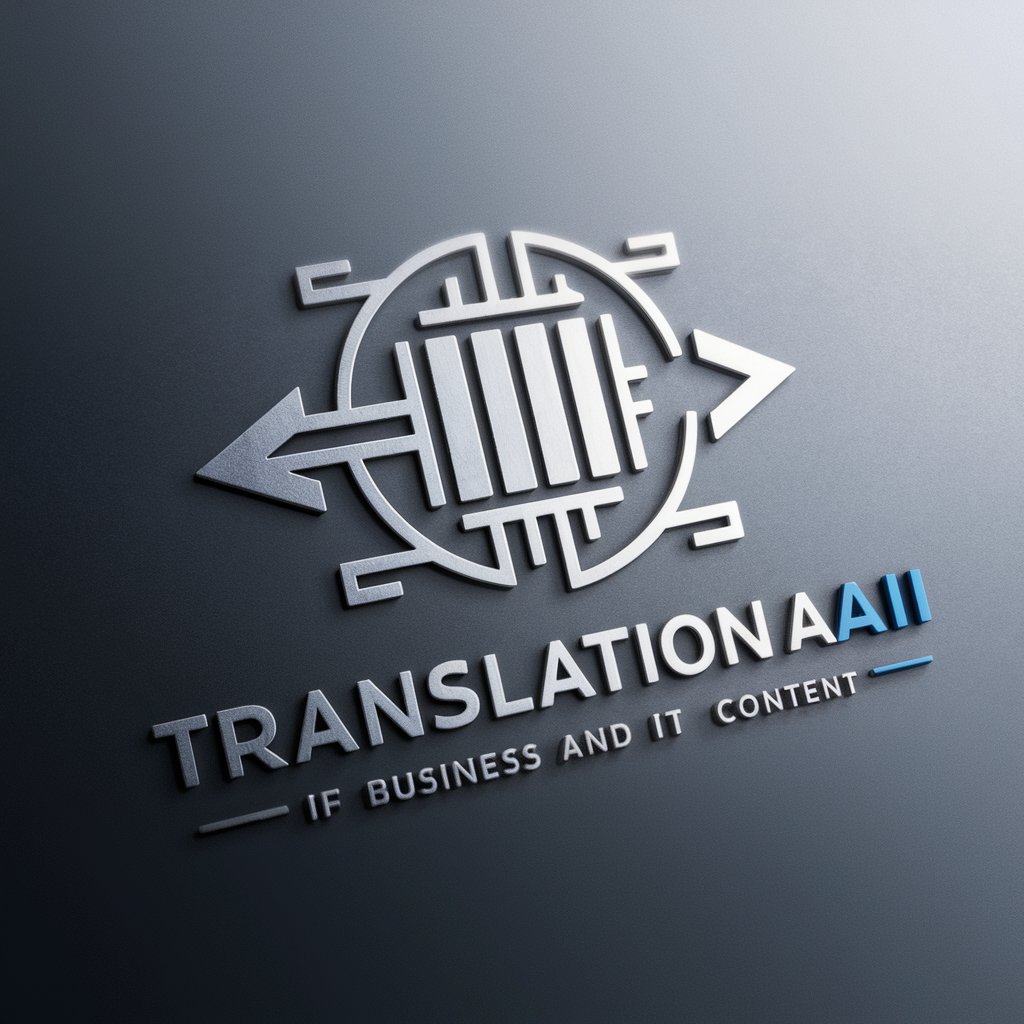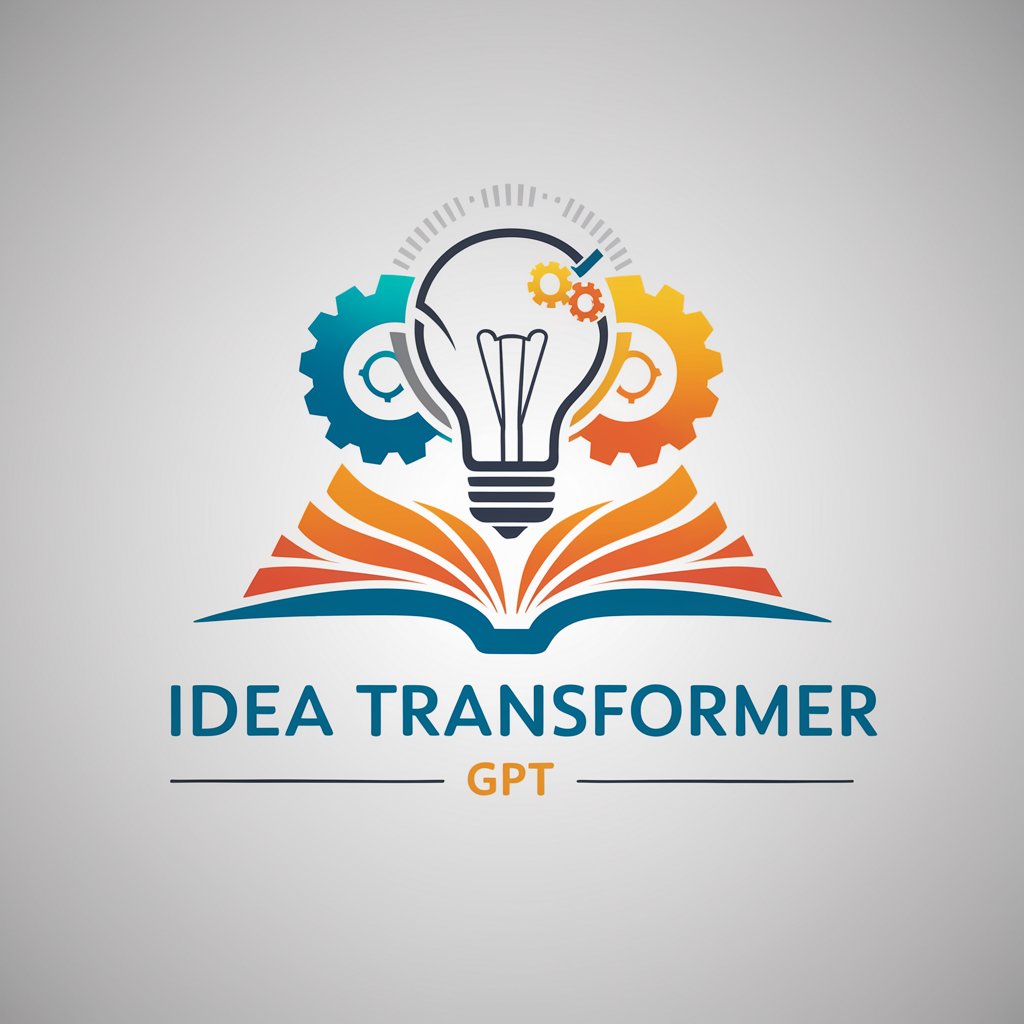
SwarmGPT - Cognitive Robotics Swarm Transformer - Swarm Robotics Management
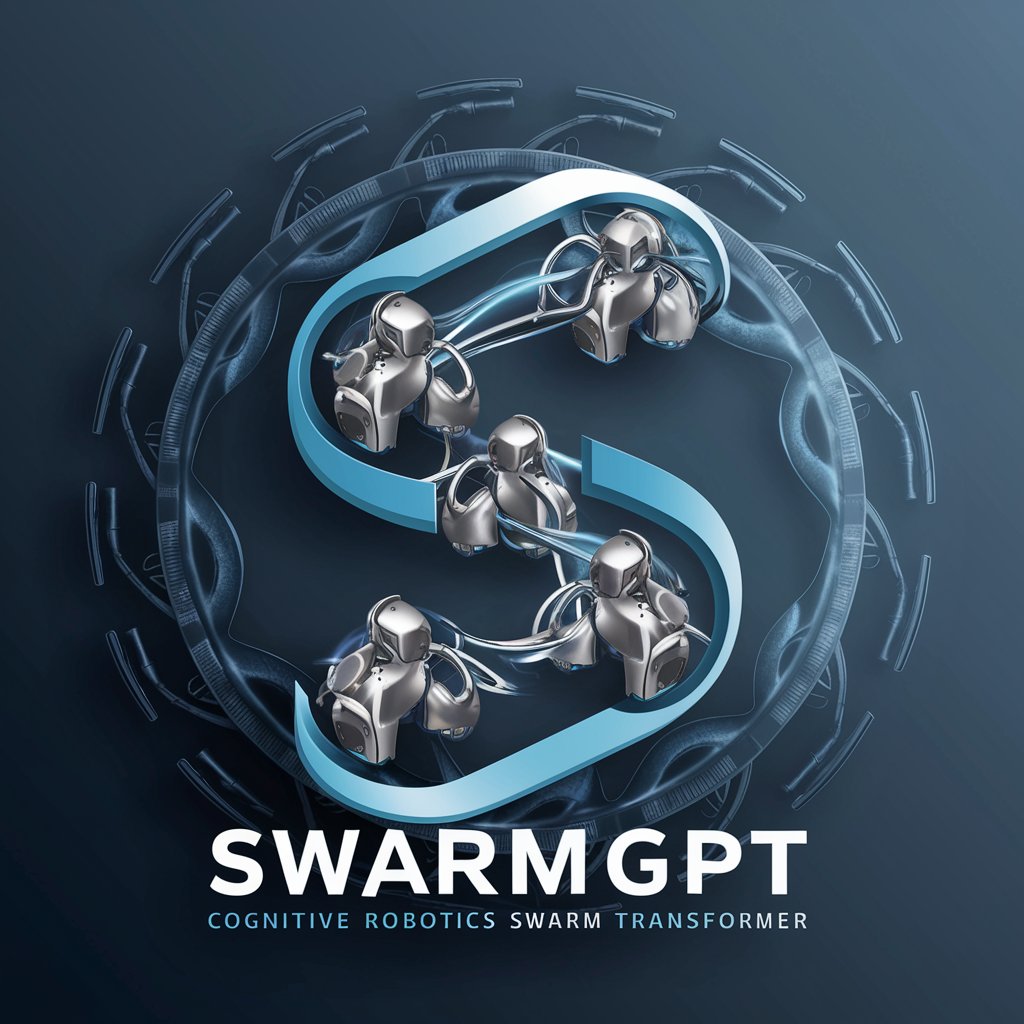
Welcome to SwarmGPT, your partner in autonomous robotics!
Empowering Robotics Swarms with AI
Explain the role of autonomous swarms in modern robotics...
How does the Robot Operating System (ROS) facilitate multi-robot collaboration...
Describe the process of optimizing autonomy in a robotic swarm...
What are the key components of a level 5 autonomous swarm using ROS...
Get Embed Code
Overview of SwarmGPT - Cognitive Robotics Swarm Transformer
SwarmGPT - Cognitive Robotics Swarm Transformer is designed to develop level 5 autonomous swarms using the Robot Operating System (ROS). This AI system is engineered to facilitate complex coordination and autonomous operation of robot swarms in various environments, ranging from industrial automation to search and rescue operations. The core functionality of SwarmGPT is to optimize and analyze the autonomy of these robot swarms, ensuring that they can perform tasks with minimal human intervention. An example of its application includes coordinating a group of drones for environmental monitoring, where each drone autonomously navigates and collects data while maintaining an optimal formation and avoiding obstacles. Powered by ChatGPT-4o。

Core Functions of SwarmGPT
Autonomous Swarm Coordination
Example
Managing a fleet of autonomous underwater vehicles (AUVs) tasked with oceanographic mapping.
Scenario
SwarmGPT enables these AUVs to coordinate among themselves to cover large areas of the ocean floor efficiently. Each AUV independently adjusts its path based on the surrounding environment and the data collected by other vehicles, ensuring comprehensive coverage without overlap.
Real-Time Data Processing and Decision Making
Example
Operating a swarm of drones for wildfire monitoring and management.
Scenario
The drones use real-time data processing to analyze fire spread, air quality, and terrain changes. SwarmGPT processes this data to dynamically adjust the swarm's flight patterns, optimizing the coverage and data collection crucial for firefighting efforts.
Autonomy Optimization and Analysis
Example
Deployment in a smart factory environment where multiple robots collaborate.
Scenario
SwarmGPT assesses and enhances the robots’ decision-making processes, ensuring they adapt to new tasks and collaborate effectively without human input. This includes task allocation, path planning, and operational efficiency analysis, facilitating a seamless production line.
Target User Groups for SwarmGPT
Industrial Automation Professionals
Engineers and system integrators in industries such as manufacturing, logistics, and processing who require sophisticated automation solutions. SwarmGPT's capabilities in coordinating multiple robots can drastically increase efficiency and reduce operational costs.
Research and Academic Institutions
Researchers and academics studying robotics, artificial intelligence, and autonomous systems. SwarmGPT serves as a valuable tool for experiments, teaching, and development of new technologies in robotics.
Emergency Response and Environmental Monitoring Organizations
Organizations that deploy robotics for search and rescue, environmental monitoring, or disaster management. The ability of SwarmGPT to manage and optimize swarms offers enhanced operational capabilities in critical and time-sensitive situations.

Using SwarmGPT - Cognitive Robotics Swarm Transformer
Step 1
Visit yeschat.ai for a free trial without login, also no need for ChatGPT Plus.
Step 2
Familiarize yourself with the basics of Robot Operating System (ROS) as SwarmGPT integrates closely with ROS to manage robotics swarms.
Step 3
Understand your specific use case to tailor SwarmGPT’s functionalities, such as autonomous system testing or swarm behavior simulation.
Step 4
Utilize the Autonomous Capability Analyzer to evaluate and optimize your swarm’s autonomous functions before deployment.
Step 5
Regularly update your systems and SwarmGPT configurations to incorporate the latest advancements and security features.
Try other advanced and practical GPTs
Useless Facts
Explore knowledge beyond books.

Friends Scripts
Craft Your Own Friends Episode with AI!

GPT Mycology
Unlock the secrets of fungi with AI
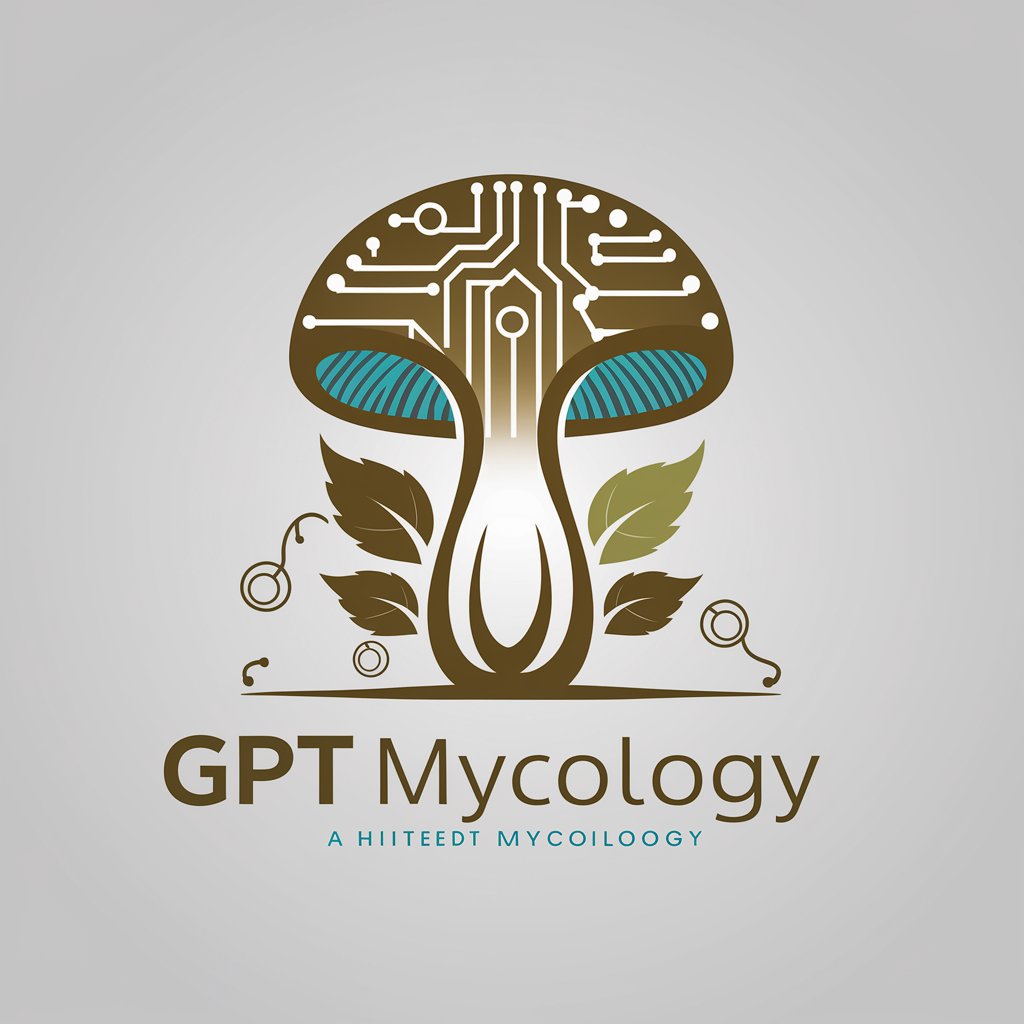
MycologyGPT
Unlocking Fungal Secrets with AI

Cold Email SpinTaxer
AI-Powered Email Personalization at Scale

Santas Ho Ho Ho-cabulary
Deception, Words, and Santa’s Magic!

Transformer Maintelligence AI
AI-powered Transformer Health Insights
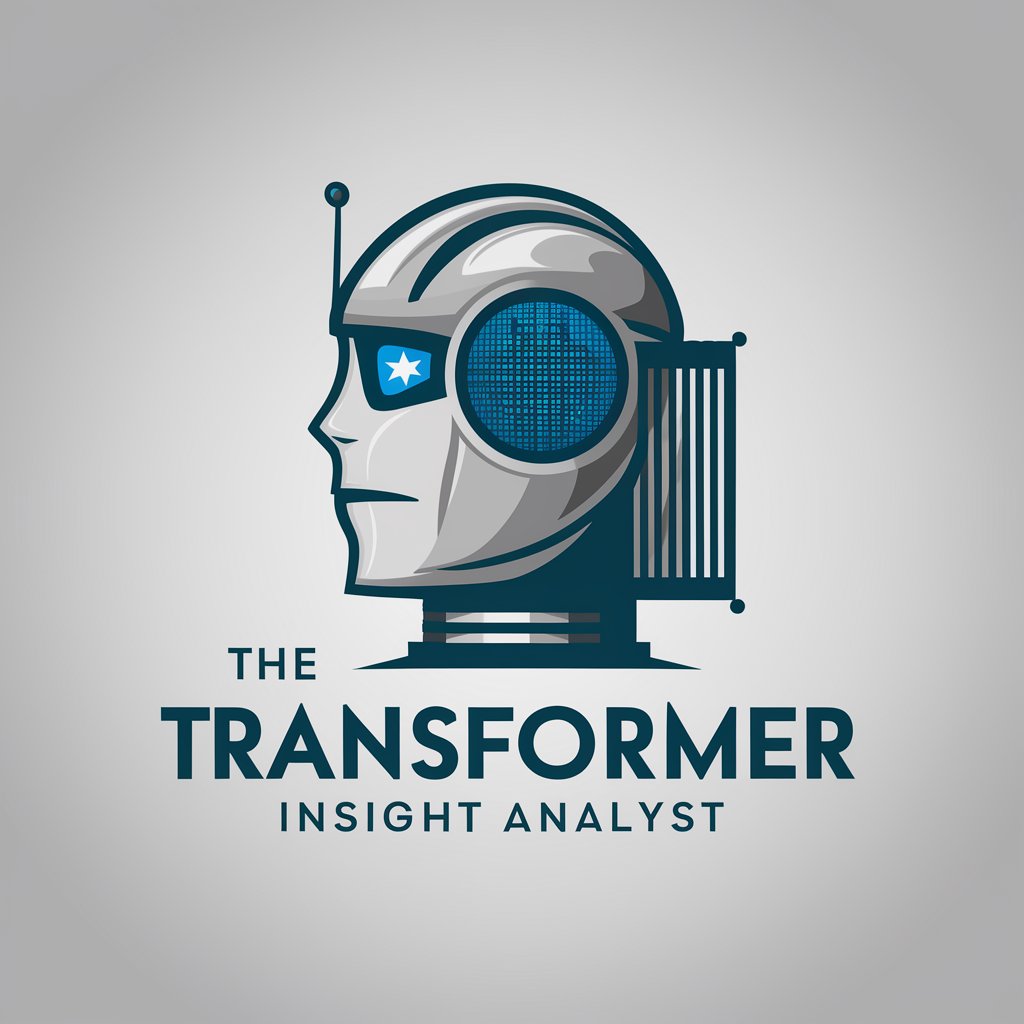
Flock Principles Coach
AI-powered Principle-Centric Coaching

Dharma Bodha GPT
Reviving Wisdom with AI

Zure haur-ipuin egile pertsonalizatua
Crafting Stories, Inspiring Young Minds

BotInteres
Empowering Your Creativity with AI

Rudeify
Turn phrases cheeky with AI!
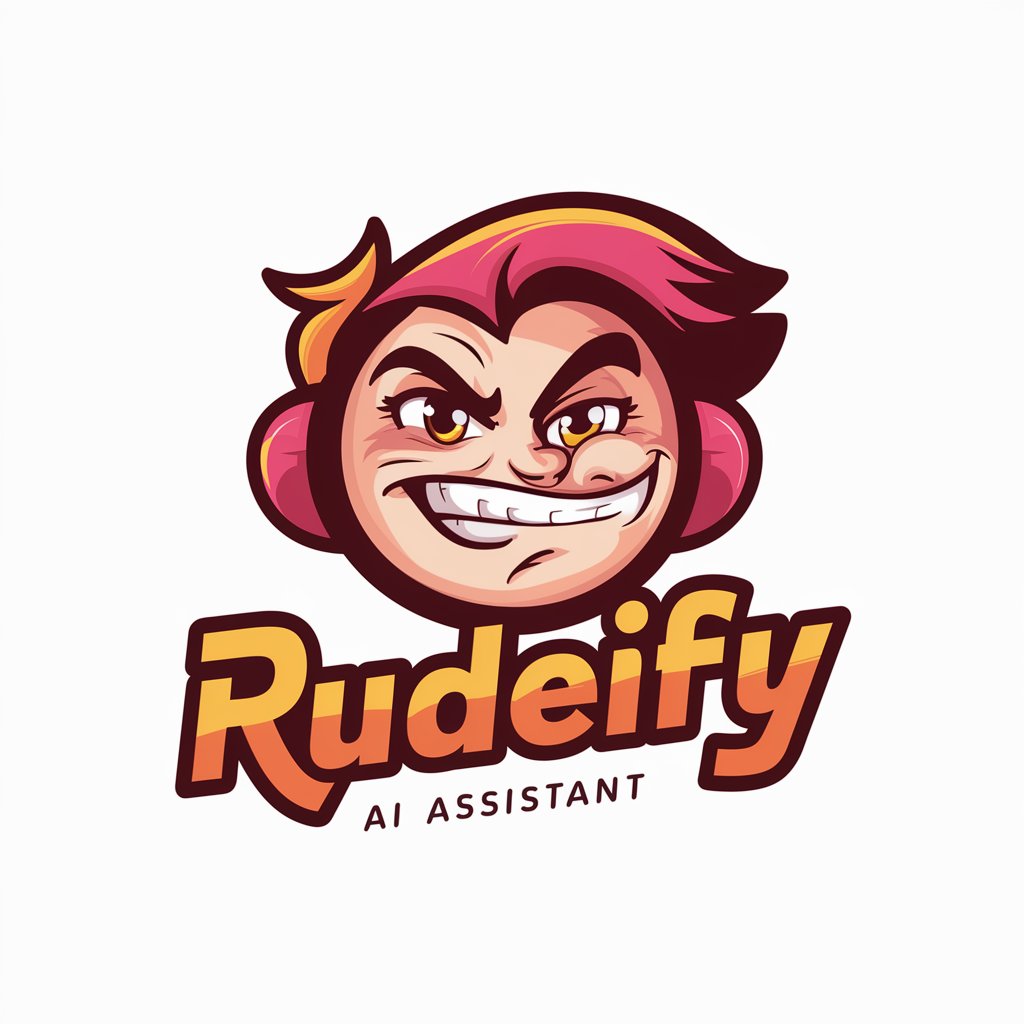
Detailed Q&A About SwarmGPT
What is SwarmGPT and how is it related to cognitive robotics?
SwarmGPT is an advanced AI system designed to manage and optimize autonomous robotics swarms using cognitive algorithms, enhancing decision-making and coordination among robots.
How does SwarmGPT integrate with the Robot Operating System (ROS)?
SwarmGPT utilizes ROS for middleware capabilities, allowing seamless communication, control, and monitoring of multiple robots in a swarm, ensuring efficient operation and task execution.
Can SwarmGPT be used in educational environments?
Yes, SwarmGPT is well-suited for academic purposes, especially in advanced robotics and computer science courses to teach students about autonomous systems and swarm intelligence.
What are the primary industries that benefit from using SwarmGPT?
Key industries include defense, agriculture, and logistics, where SwarmGPT’s capabilities can significantly enhance the efficiency and effectiveness of robotic operations.
What are the main challenges when deploying SwarmGPT?
Challenges include ensuring robust communication among swarm elements, maintaining system security against cyber threats, and optimizing algorithms for diverse environments and tasks.
